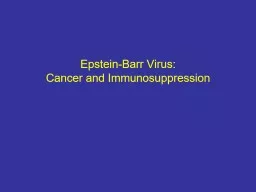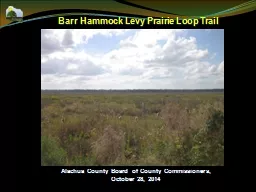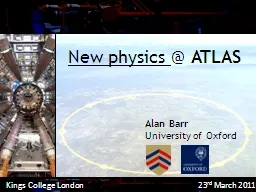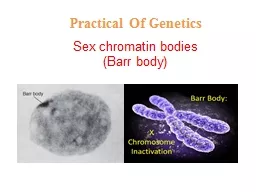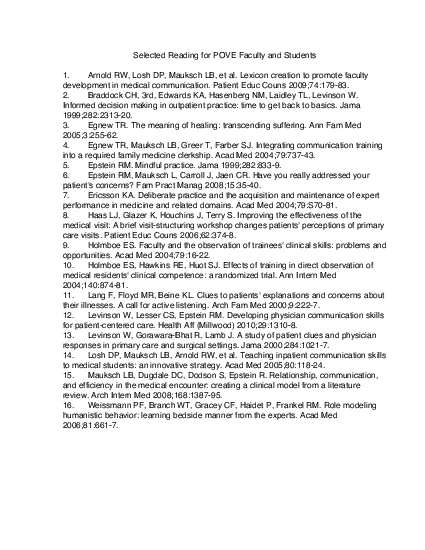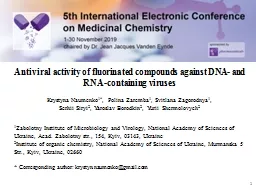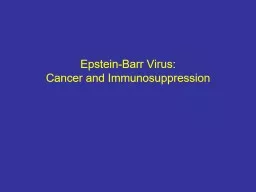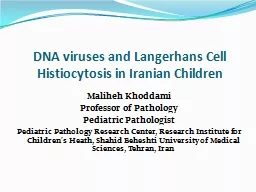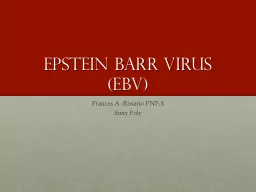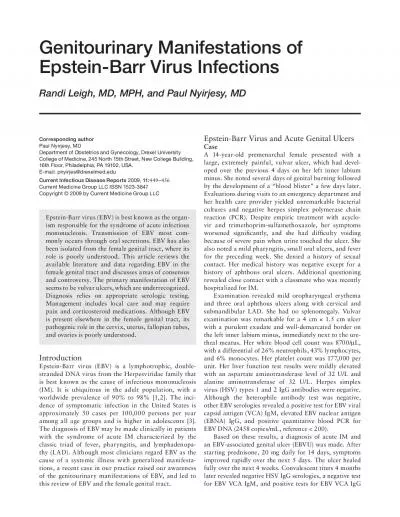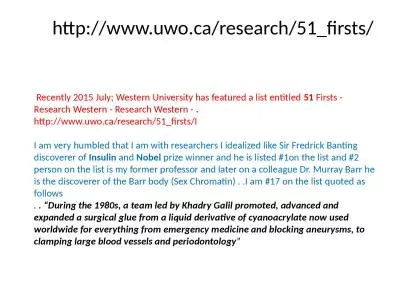PPT-Epstein-Barr Virus:
Author : mitsue-stanley | Published Date : 2017-10-13
Cancer and Immunosuppression Pathogenesis of EBV Infection Cohen NEJM 2000 Early IM NK cells nonHLA specific CTLs Late IM HLArestricted CTLs CD8 and CD4
Presentation Embed Code
Download Presentation
Download Presentation The PPT/PDF document "Epstein-Barr Virus:" is the property of its rightful owner. Permission is granted to download and print the materials on this website for personal, non-commercial use only, and to display it on your personal computer provided you do not modify the materials and that you retain all copyright notices contained in the materials. By downloading content from our website, you accept the terms of this agreement.
Epstein-Barr Virus:: Transcript
Download Rules Of Document
"Epstein-Barr Virus:"The content belongs to its owner. You may download and print it for personal use, without modification, and keep all copyright notices. By downloading, you agree to these terms.
Related Documents

